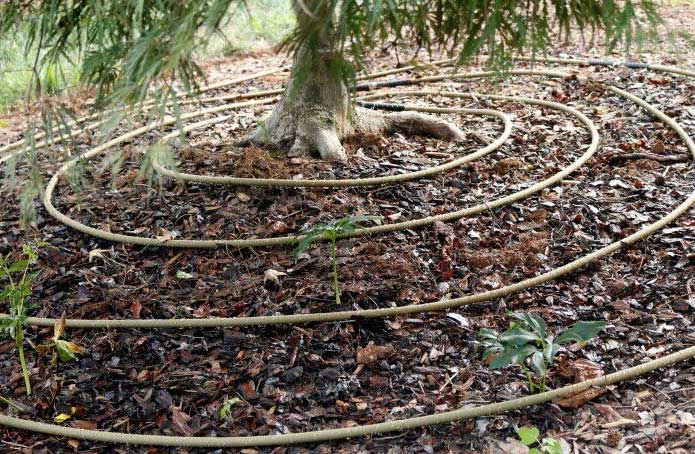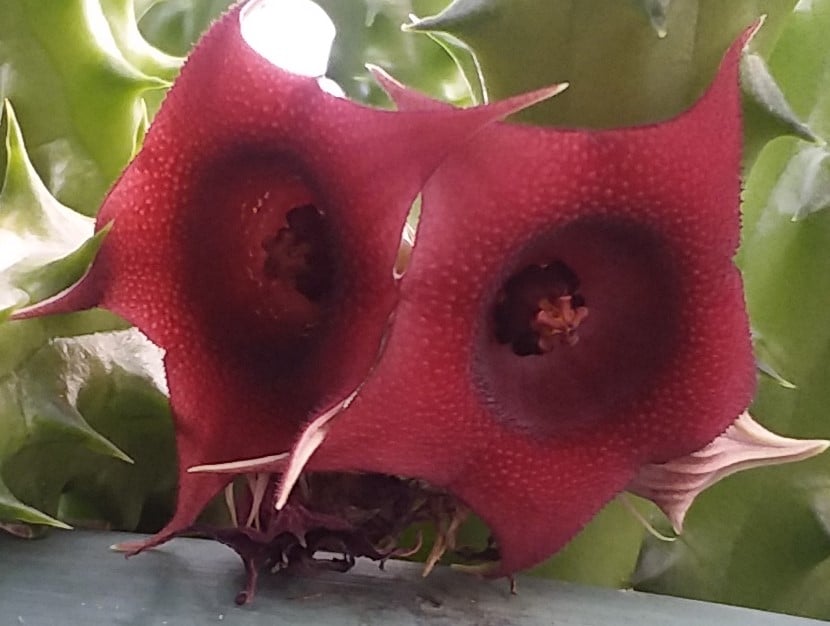Click Here for full article in the Cape Coral Breeze
I used to be of the mind set that, if a little fertilizer does the trick, more fertilizer will do an even better job of ensuring happy, healthy plants. As you might imagine, there can, indeed, be too much of a good thing, and my “more fertilizer is better” approach to plant care led to less than optimal results. What I have learned from the experience is that just because I have a big bag of fertilizer doesn’t mean I have to use it all.
Over fertilization can hurt beneficial soil microorganisms, such as micorrhizal fungi, which work hand-in-hand with a plant’s root system, helping plants absorb nutrients and water in exchange for sugars.
Excess fertilizer can also lead to sudden plant growth which, at face value, may seem appealing. After all, who doesn’t want to see plants grow and bloom sooner rather than later? Unfortunately, the excessive growth above the soil level isn’t met by similar root system development. Therefore, flowering/fruiting is actually reduced and the plant becomes stressed and weakens. A weakened plant naturally serves as an invitation to disease and pests to the detriment of plants and our wallets, as well, as we attempt to “fix” issues by purchasing pest/disease control products that we would not otherwise need.
And as if that weren’t enough, excess nitrogen and phosphorus from over fertilization of lawns and other landscape plants need to go somewhere, and that somewhere is our waterways. These nutrients can easily leech into aquifers, travel into sewer systems and work their way into canals, lakes, streams, rivers and bays, ultimately feeding algal blooms and leading to fish kills and other negative environmental consequences.
So, what can we do as homeowners? Applying the appropriate amount of fertilizer according to label directions can provide important nutrients that may be lacking in the soil, and which plants need to manufacture their own food. If you want to find out what nutrients are currently present in your landscape, you can get a soil test done for a nominal fee. For additional information on how to submit samples for testing, visit the UF/IFAS Soil Testing Laboratory.
When using fertilizer always follow label directions and apply only as needed, keeping in mind that, when planted in the right place and conditions, many established shrubs and trees don’t normally need supplemental fertilization.
Palms are the exception, with application of the proper amount of palm fertilizer 3-4 times per year essential to their health and well-being. Not only does palm fertilizer contain standard macronutrients, but also tiny amounts of various micronutrients, such as boron, iron and manganese, all of which are listed on the back of the fertilizer bag. A lack of any of these important micros can easily lead to palm decline in a relatively short period of time.
In addition to the above, there are a number of other actions you can take as a homeowner. Consider organic alternatives such as compost, which help loosen compacted soil and improve soil fertility. Use a broadcast spreader with a deflector shield if you are the one applying the fertilizer on your lawn. When using a lawn maintenance company, ensure the provider is Best Management Practices (BMP) certified. Avoid weed and feed products; herbicides should only be used for spot treatment. Clean up spilled fertilizer. And last, though certainly not least, always follow local ordinances. In Lee County, application of fertilizer containing nitrogen/phosphorus is prohibited June – September.
For further information regarding the third principle of Florida Friendly Landscaping, check out the IFAS handbook .
Happy gardening!
Janetta Fox is a Lee County Master Gardener Volunteer and member of the Garden Club of Cape Coral.




